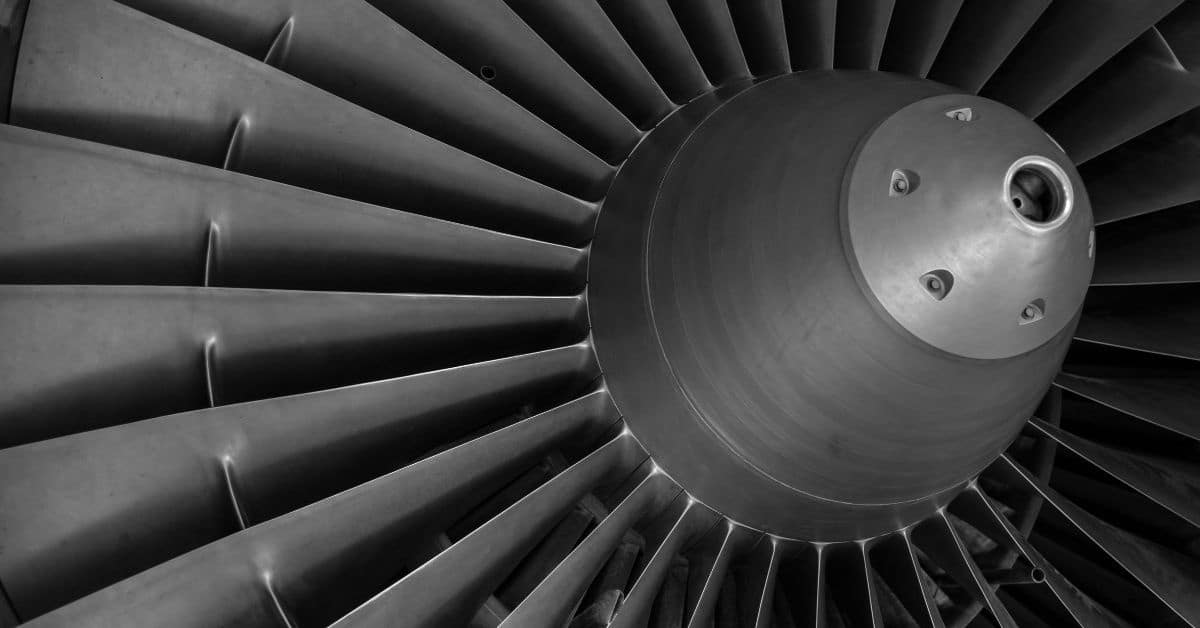When recording specific technical details pertinent to an aircraft and/or components, there are numerous abbreviations used to measure certain maintenance parameters.
Two of the most commonly used terms which are often seen on aircraft records are SMOH (Since Major Overhaul) and SFOH (Since Factory Overhaul).
The key difference between these two terms is that SMOH represents the number of flight hours in which an aircraft/component has flown since being overhauled by a certified Maintenance Repair Overhaul (MRO) organization, while SFOH represents the time flown since an overhaul was performed in accordance to factory/new standards.
The term SFOH is often applied to a rebuilt component, which was dismantled and re-assembled to a condition similar to a new part. Rebuilding components is common practice with aircraft engines.
While these two values offer specifics in terms of the time scale in which components have been inspected and maintained, there are numerous other values used on maintenance records.
These values are important to be familiar with when viewing records from either a maintenance, aircraft buyer, or seller’s perspective.
TBO
Short for Time Between Overhaul, TBO denotes the number of Flight Hours (FH) remaining before an aircraft and/or component is required to be overhauled. The TBO is provided by the Original Equipment Manufacturer (OEM) of the component.
Operators may choose to deviate from this in favor of a shorter window between overhauls. For example, an OEM states 2000 hours TBO on a component, the operator may choose to perform the overhaul every 1500 hours.
TBO is perhaps one of the most commonly used terms to indicate the maintenance status of components, in which a clear timeframe can be given in regards to when the overhaul is required for a component.
Can I fly past TBO?
If an aircraft is not being operated under FAR Part 121 or Part 135 operations (commercial operations), it is possible to exceed the TBO specified by the OEM. Deciding whether to exceed the TBO of an engine can be determined by evaluating the current performance and parameters of the engine.
Such parameters would include examining fuel, oil, and compression values that the engine currently indicates.
In order to exceed the recommended TBO specified by the OEM, the operator may develop a set of Standard Operating Procedures (SOPs) that aim to prolong engine performance values. These SOPs aim to optimize engine performance.
Examples of such SOPs would be using derated takeoff thrust settings and more efficient cruise power settings.
TSN, TTSN or SNEW
Another abbreviation used is TSN (Time Since New), TTSN (Total Time Since New), or SNEW. This denotes the Flight Hours (FH) or Flight Cycles (FC) amassed by an aircraft or component since brand new. It could also be regarded as the Total Time (TT) accumulated by the specific component.
These values can be cross-referenced to the age of the aircraft and/or component, in which an estimate can be made in regards to the average number of flight hours or cycles made per year.
For example, a 20-year-old aircraft with 2,000 hours would be regarded as having an average of 100 flight hours per year since new.
What is a Zero Hour Overhaul?
A zero-hour overhaul is a form of an overhaul that involves restoring an engine’s condition as if it was brand new.
This overhaul includes a complete rebuild of the component by the OEM or an authorized MRO organization.
Following completion of a zero-hour overhaul, the component will be issued with a new logbook and set of records that will default the Flight Hours (FH) or Flight Cycles (FC) to 0 FC/FH.
SPOH
Since Propeller Overhaul (SPOH) is used to represent the time amassed by an aircraft propeller since it was last overhauled.
This is an integral value to note when examining maintenance records as each individual propeller installed on an aircraft is required to undergo inspection, repair, and overhaul at a specific time as specified by the manufacturer.
Reasons for Using Acronyms
When a prospective buyer is looking at purchasing an aircraft or component, the key influential factors will be the upcoming major maintenance required by the aircraft.
Aircraft and component overhauls are costly maintenance activities due to the high degree of labor and expertise required to complete the process.
If a major overhaul is imminent in accordance with the maintenance records, this will be factored into the listed price of the aircraft.
If a major overhaul has just been performed on a component or aircraft, this will likely increase the sale price of the aircraft due to the recent investment made in relation to maintenance.
The total time (FH) or cycles (FC) amassed by an aircraft or component in correlation with the age will also be an influencing factor. This correlation allows the buyer to gauge the historical operation of the aircraft in regard to the number of hours and cycles flown per year.
Read More:
Difference Between VOR and NDBs

After visiting more than 60 countries, I have probably been on every type of plane there is and visited countless airports. I did my very first international solo trip to South Africa at the age of only 16 and haven’t really stopped traveling since.
Despite the adventurous travel itch, I do have a nerdy side as well – which is satisfied by writing about all things aviation “too boring” for my regular travel blog.
